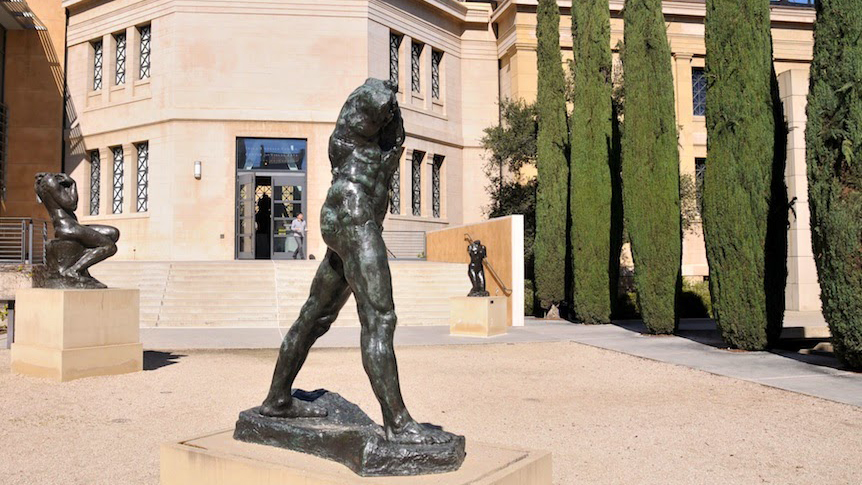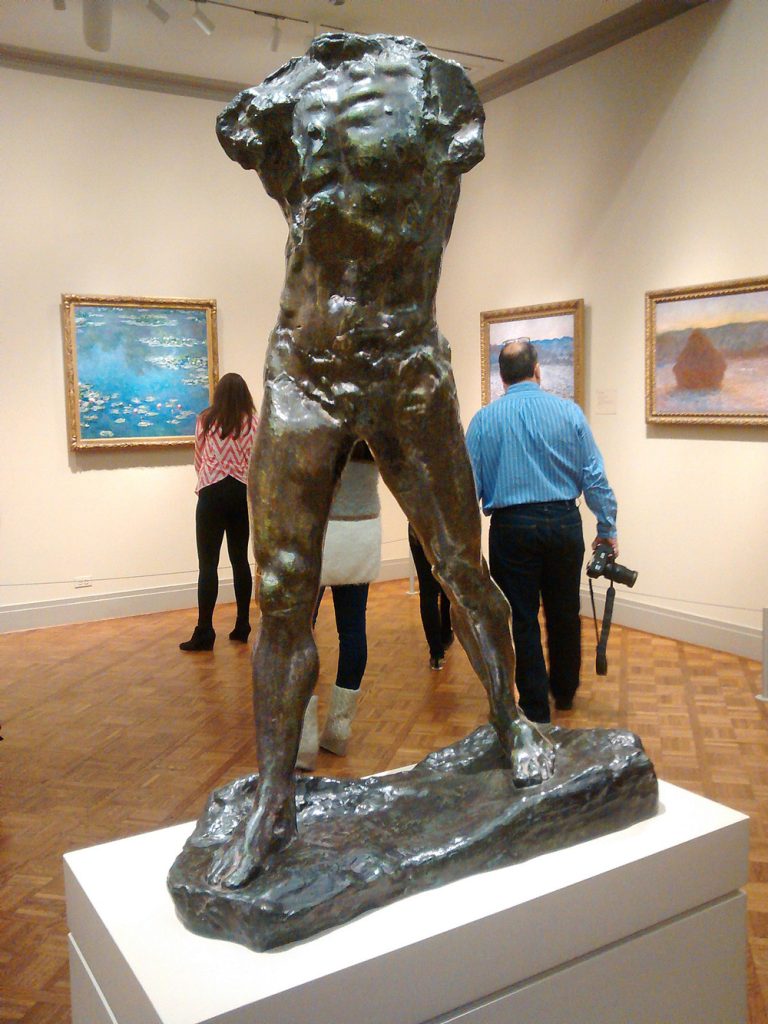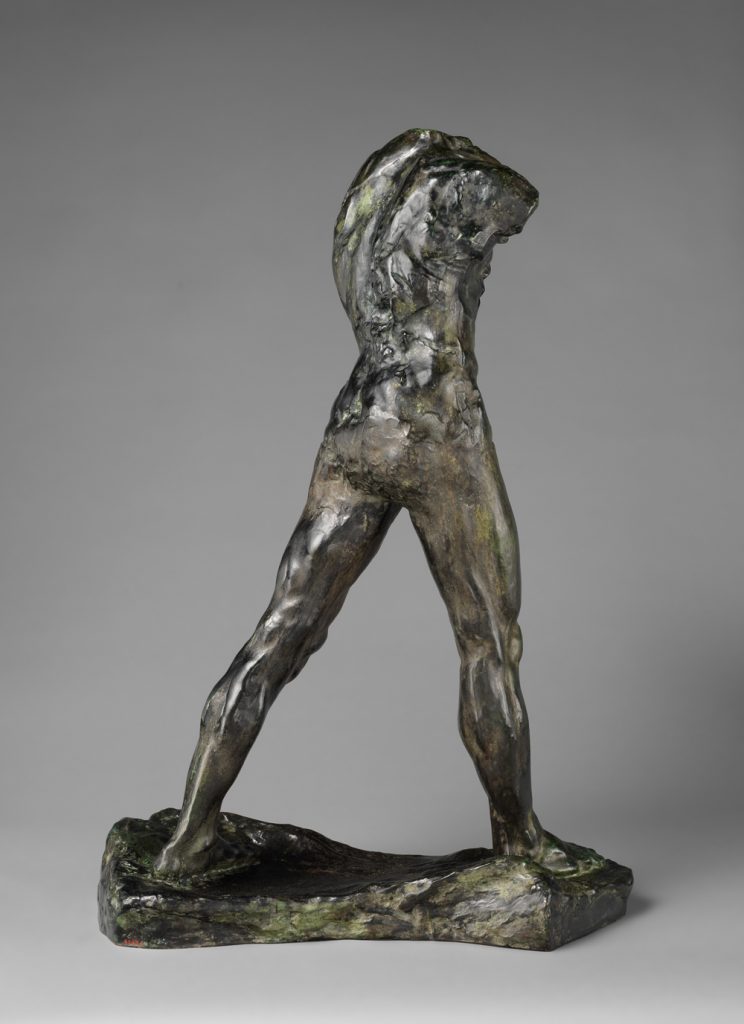Introduction

Auguste Rodin’s art is renowned for his profound expression of the human body, and Auguste Rodin The Walking Man is a pinnacle in the field of sculpture. This article will delve into the background and artistic creation process of this sculpture, as well as how it showcases the dynamism and beauty of life in the sculpture.
Background and Artist’s Pursuit
Auguste Rodin The Walking Man: Auguste Rodin is widely recognized as a giant in the sculpture industry, and he became an important representative of late 19th century art due to his profound understanding of human body structure and delicate expression of emotions. The Walking Man “is one of his masterpieces in the field of human sculpture, presenting a unique artistic perspective.
The creative process of ‘The Walking Man’

The pursuit of life: This sculpture was created in 1905, at the peak of Rodin’s artistic career. During this period, he delved deeper into the study of the human body, attempting to express the vitality and dynamism of life through sculpture. The Walking Man was born in this context.
The dynamic expression in sculpture: Rodin showcases the beauty and naturalness of the human body in motion through precise capture of walking movements in the sculpture. This sculpture is not only a realistic representation of the body structure, but also a profound interpretation of the movement of life, reflecting the artist’s noble pursuit of vitality.
Art Style and Theme
The Evolution of Artistic Style: “The Walking Man” showcases the evolution of Rodin’s later artistic style, gradually breaking away from traditional sculptural forms and focusing on capturing the moments of the human body in motion, expressing the vitality and emotions of life through sculpture.
The Power of Life: This sculpture presents not only the lifelike walking movements, but also a tribute to the power of life. Rodin showcases the power and dynamism emitted by the human body during walking through the smooth transition of muscle lines and postures in the sculpture.

The Artistic Connotation of The Walking Man
Perfect integration of body and space: Rodin seamlessly integrates sculpture with the surrounding space through precise control of body proportions and dynamics. The person walking seems to take a step in the sculpture, creating an immersive feeling with the viewer, making them more immersed in the dance of life presented in the sculpture.
The pursuit of abstraction: Rodin demonstrated his attempt at abstract art in “The Walking Man”. By emphasizing the dynamics and strength of the body in motion, he transcends traditional forms of sculpture, making sculpture more abstract and expressive.
Influence and Enlightenment for Later Generations

The Impact on Modern Sculpture: Auguste Rodin The Walking Man was not only the pinnacle of Rodin’s artistic career, but also had a profound impact on later modern sculpture. Many artists are inspired by it and committed to expressing the vitality of life and the beauty of the human body in motion through sculpture.
The symbol of vitality: This sculpture has become a symbol of vitality, allowing viewers to feel the unrestrained and free nature of life through the ultimate expression of human body dynamics. It inspires people’s pursuit of the beauty of life and becomes a shining pearl in sculpture.
Epilogue
Auguste Rodin The Walking Man is the pinnacle of Auguste Rodin’s artistic career, showcasing his profound understanding of the human body and his noble pursuit of the power of life. This sculpture vividly expresses the beauty of life through its realistic walking dynamics and smooth lines. It is not only a classic work in the history of art, but also a unique tribute to life, allowing people to feel the vitality and beauty of life in the world of art.

